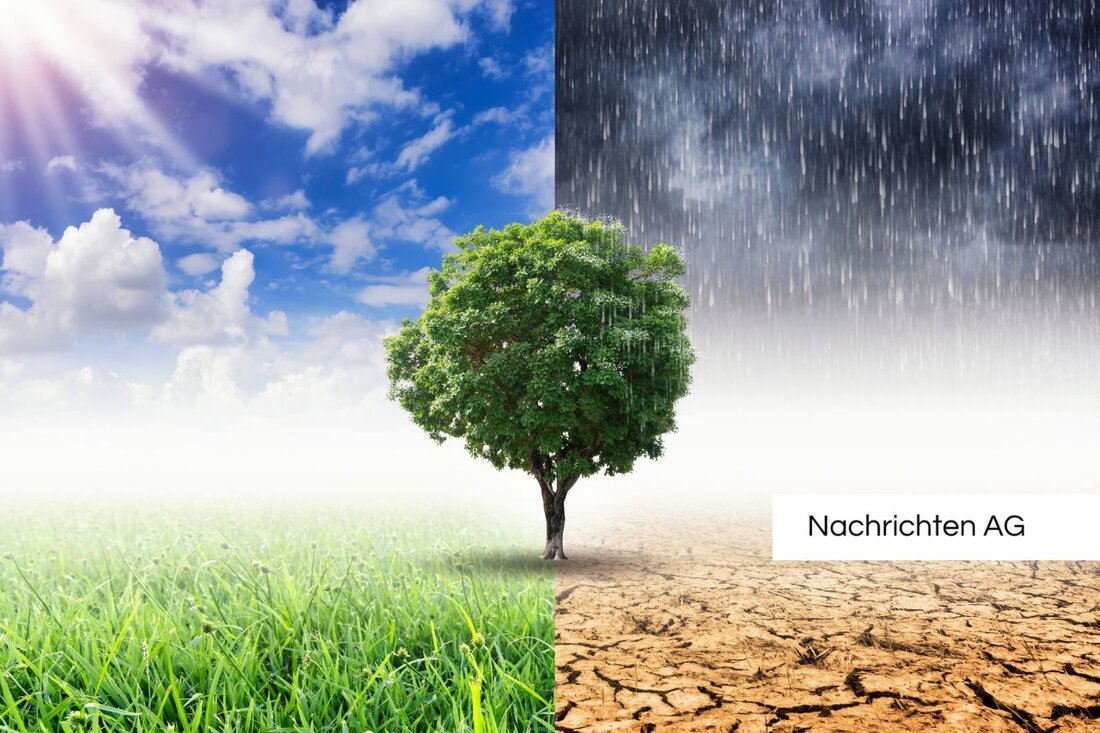Brandenburg's trees suffer: heat stress at risk of city green!
Brandenburg's trees suffer: heat stress at risk of city green!
The focus is on an urgent challenge in Brandenburg an der Havel: Around 50,000 city trees suffer from the increasing temperatures and the continued drought. This spring, the precipitation was particularly low, which significantly weakens the resistance of the trees towards diseases. The situation is alarming because more and more trees are dying, which forced the city to reproduce intensively, especially in the inner city area. Mayor Michael Müller (independent) recently informed about the concern.The city reacts to the crisis with the new planting of climate -resistant trees. In particular, the newly planted flower cocks on the marketplace have already shown positive experiences. Another appeal is aimed at the citizens: they should pour the city trees regularly and make sure not to park too close to the tree trunks to protect the sensitive root system.
measures to support the trees
To ensure survival to ensure the young trees, the green space office becomes active. These are assigned around 200 liters of water per month. The city also asks the citizens to water trees in front of their houses. In the case of storms, the city regularly checks the health states of the trees and decides which fell, have to be trimmed or supported. Some trees are currently affected by storm damage, but fortunately there are no injuries.
The selection of climate -resistant tree species is crucial. In this context, the Hessian state government recommends a number of tree species that are supposed to thrive under the changing climatic conditions. These include, for example, the three -pointed maple (Acer Buergerianum Miq.), The common Roßkastanie (Aesculus hippocastanum L.) and the winter linden (Tilia Cordata). It is important for the city not only to plant trees, but also to promote biodiversity.
biodiversity and city trees in climate change
trees meet basic ecosystem functions in urban rooms, including climate protection and creation of habitats for different organisms. According to the non -profit association Swild, which has developed the "Biodiversity Index 2021 for city trees in climate change" for the city of Zurich, 105 tree species could be assessed with regard to their importance for biodiversity. This type of analysis is also relevant for German cities, since the climate -converted tolerant trees recommended by the Association of German Bowling Schools have already been evaluated.
The grape oak (Quercus Petraea), for example, takes first place in the biodiversity index with a value of 4.8, which indicates its vital habitats for numerous life. The winterlinde follows close with a value of 4.7, since it offers a high nectar production for pollinators.
The challenges that the trees look for are complex and require long -term strategies to improve city green areas. A diversified selection of tree species can help increase resilience compared to extreme weather conditions and to maintain the urban biodiversity in the long term.
| Details | |
|---|---|
| Ort | Brandenburg an der Havel, Deutschland |
| Quellen | |


Kommentare (0)